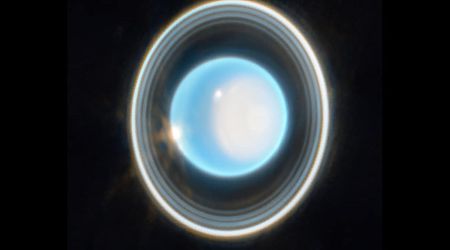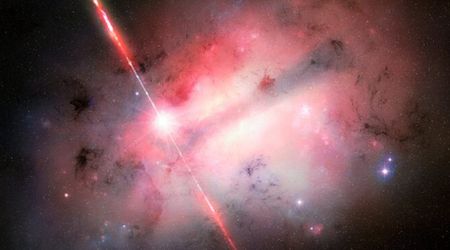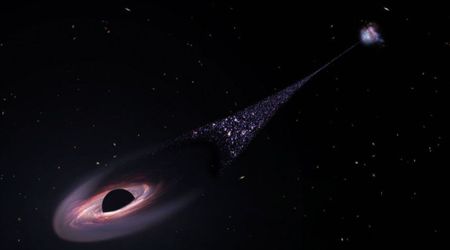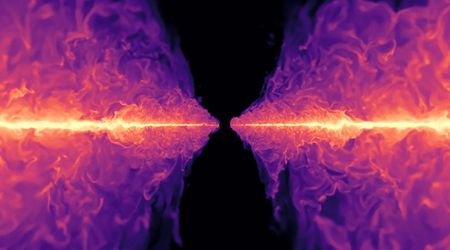NASA struggles to reduce activity on the International Space Station after massive budget cut

NASA faces significant trouble in scaling down its activities as the Fiscal Year 2026 budget cuts $6 billion from its allotment, per NBC News. As the space station budget takes a hit, NASA decides to reduce the work being done on the International Space Station (ISS), as per ARS Technica. This includes a small crew complement of Crew Dragon missions, reduced from four to three. This will begin with Crew-12 in February 2026. NASA will also extend the time of space station missions from six to eight months, and also cancel all the planned upgrades for the Alpha Magnetic Spectrometer science instrument.

The government's "skinny budget" proposal for NASA prompted these changes. The budget request stated that the reduced crew and activities reflected the efforts to safely decommission the ISS by 2030, and to be replaced by commercial space stations. "Crew and cargo flights to the station would be significantly reduced. The station’s reduced research capacity would be focused on efforts critical to the Moon and Mars exploration programs," the proposal stated, and the budget allotment of the year reflected these decisions.

Some of these initiatives are a step forward in reducing expenditure for the space agency. An extended period of eight months would only require three crewed missions to be flown to the station on Crew Dragon every two years instead of four. The downside is that fewer astronauts would get to go to space, and homecoming would take longer. This initiative was seen to reflect Roscosmos' plans with the Soyuz missions as a cost-effective measure. Canceling the upgrade of the tracker layer could also have no drastic consequences for space exploration.

The silicon tracker layer on top of the detector increased the data of the $2 billion physics experiment by three times, but this experiment had been in service since 2011. It was enough time to gather significant information about dark matter and other essential aspects of the universe's physics. The interesting demand was the reduction of crew size from four to three members. The Crew Dragon usually had two NASA astronauts, one Roscosmos cosmonaut, and an international partner astronaut, but this reduction added to the total reduction of the NASA crew.

While the overall NASA crew reduction on Crew Dragon missions would seem to be 25 percent, the number of NASA astronauts on Crew Dragon would be halved - cut by 50 percent. This would lead to a one-third decline in science work conducted by the space station, as there were usually three NASA astronauts on the station. It is unclear how this reduction aligns with budget saving, though fewer cargo missions will be needed to keep them supplied and loaded. However, the scientific community resists this massive denial of a large operating scientific system.

The shortfall in the space station budget was, according to ARS Technica, a medium to compensate the money borrowed from other missions. This borrowed budget was used to fund a deorbit vehicle, responsible for the safe disposal of the ISS at the end of 2030. Also, it was highlighted that none of these decisions were final and could reflect the "acting" power in administration.









